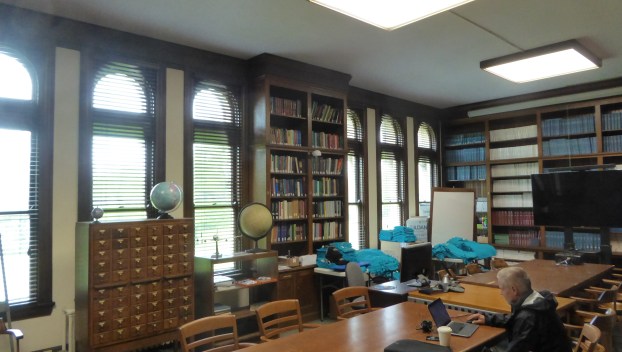
Lifestyles
TRAVEL COLUMN: Where the universe came into focus
Travel occasionally rewards participants with an unusually wonderful experience that alone makes a trip worthwhile. Read more

Travel occasionally rewards participants with an unusually wonderful experience that alone makes a trip worthwhile. Read more